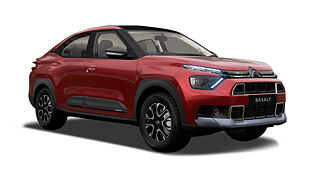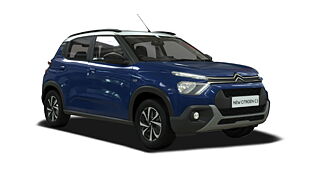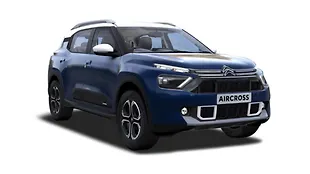
This is the Citroen Berlingo. I saw it, sat in it, and explored it in Paris recently. And I think it is wonderful. I also think it makes fantastic sense for India. We will get to the hows and whys regarding that in a bit. But first, let’s recap Citroen India’s plans and how the Berlingo doesn’t fit into it, as of now...
The India plans
Citroen’s approach in India can be described as cautious at best. It is looking at modest volumes, a modest product line-up, and modest investments. The company says it has learned from some of the other big international players’ mistakes; the likes of which that came all guns blazing. But, even after years of trying to get their Indian operations in order, all they have are low volumes and losses to show for it. Citroen or PSA, its parent company, can’t afford that.
So, it has gone in for an existing plant, it has forged some joint ventures, and it has mitigated its risk by making the Indian operations globally friendly. Citroen will use Hindustan Motors’ plant to manufacture its cars. It has roped in the likes of TCS to re-engineer its platform to suit Indian needs, and make it more cost effective. And, it will make powertrains before it makes cars in India; powertrains that will not only usher the localisation of its made-in-India models to around 90 per cent, but also powertrains which it will export to its global operations, and in turn spread thin the risk of low sales if you will.
It has also gone in for a tried and tested, not to mention, a simpler platform for its Indian-made cars instead of the newer, more complex ones. As we had reported earlier, two of the three made in India cars will be SUVs. These will be based off the PF1 platform. They will use a 1.2-litre, four cylinder engine. And, will be offered with a 6-speed manual and a dual clutch automatic. These would also only seat five.

The Berlingo
The new Berlingo meanwhile is sold internationally as both a five and a seven seater. The five seater measures around 4.4 metres, making it longer than the Maruti Suzuki Ertiga, but shorter than both the Mahindra Marazzo and the Toyota Innova Crysta. The seven seater Berlingo sits on a longer wheelbase. And it is almost as long as the Innova.
It comes with the option of a petrol and a diesel engine. And both these units can be had in various states of tune. The three-cylinder 1.2-litre petrol output figures range from 110bhp to 130bhp, while the 1.5-litre diesel engine makes 75bhp in its lowest spec and almost 130bhp in its most potent form. Additionally, both these engines are offered with manual and automatic gearboxes.
The Berlingo is big on equipment too. There’s a high-def 8 inch screen occupying the place of pride in the centre of the dashboard. It can be used for infotainment, navigation, or to simply browse through the various car related settings. In top spec versions, there’s a panoramic sunroof, dual zone climate control, height adjustable driver’s seat, and loads of stowage options including those in the ceiling! And, to pep up the car on the outside, there are options ranging from big wheels to skid plates to bright colour inserts.

The how’s and the why’s...
The Berlingo, however, is based on the newer, more expensive and complex, EMP2 architecture. So even though this new platform can use the same 1.2-litre petrol which Citroen is making in India, the rest of the car will have to be brought in as kits. Compare that to the locally manufactured Ertiga and Marazzo, or even the pricier Innova, and it is clear. Pricing the Berlingo competitively will be a challenge. No wonder it has not made it to the Citroen India line up.
It will need other changes for it to work in India. It would need regular opening doors instead of sliding ones. It would need wind down windows for the second row. And it would need to have a roof carrier on its accessories list! It would also need to come only in the seven seat version, with its price tag mirroring that of the Marazzo. Tall ask, you say? It sure is! But, it is worth the while if you ask me.
For starters, it shares its face with the C5 Aircross. So, instead of looking utilitarian and functional, the new Berlingo actually looks desirable. Yes, you can’t escape its MPV roots in profile and when viewed from the rear, but it’s the front look that matters most. It’s also based on the new EMP2 platform, which means it will have car-like driving dynamics and responses. It also has great seats all round. And with loads of passenger space, it makes it ideal to move around with the extended family. Quiet, comfortable, roomy, practical, intelligent, easy to drive, and desirable. Now, how many MPVs can stake claim to !
We want the Berlingo. At an accessible price. And, we see it doing well in India. The question is, does Citroen India agree?

![Citroen C5 Aircross [2021-2022] Image Citroen C5 Aircross [2021-2022] Image](https://imgd.aeplcdn.com/272x153/n/cw/ec/38601/c5-aircross-exterior-right-front-three-quarter-103.jpeg?q=80)

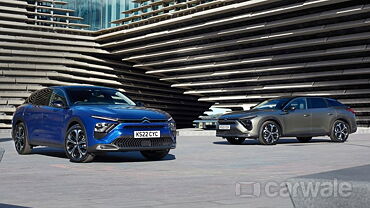

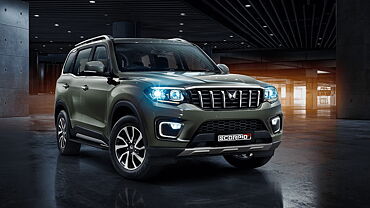

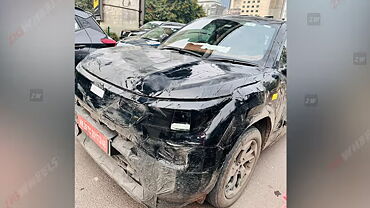



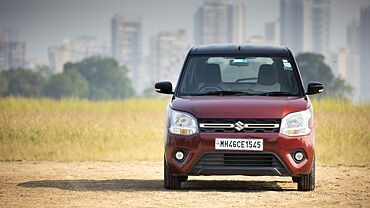

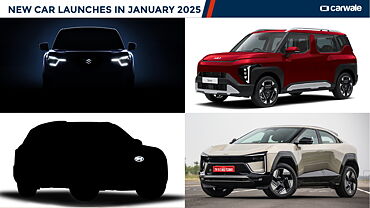

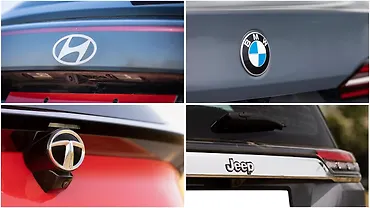
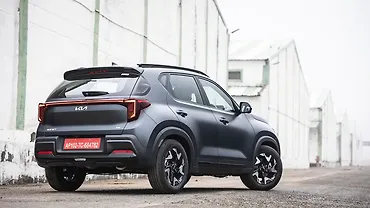
![Citroen C5 Aircross [2021-2022] Right Front Three Quarter Citroen C5 Aircross [2021-2022] Right Front Three Quarter](https://imgd.aeplcdn.com/199x112/n/cw/ec/38601/c5-aircross-exterior-right-front-three-quarter-103.jpeg?q=80)
![Citroen C5 Aircross [2021-2022] Right Front Three Quarter Citroen C5 Aircross [2021-2022] Right Front Three Quarter](https://imgd.aeplcdn.com/199x112/n/cw/ec/38601/c5-aircross-exterior-right-front-three-quarter-38.jpeg?q=80)
![Citroen C5 Aircross [2021-2022] Right Front Three Quarter Citroen C5 Aircross [2021-2022] Right Front Three Quarter](https://imgd.aeplcdn.com/199x112/n/cw/ec/38601/c5-aircross-exterior-right-front-three-quarter-102.jpeg?q=80)
![Citroen C5 Aircross [2021-2022] Dashboard Citroen C5 Aircross [2021-2022] Dashboard](https://imgd.aeplcdn.com/199x112/n/cw/ec/38601/c5-aircross-interior-dashboard-3.jpeg?q=80)
![Citroen C5 Aircross [2021-2022] Steering Wheel Citroen C5 Aircross [2021-2022] Steering Wheel](https://imgd.aeplcdn.com/468x263/n/cw/ec/38601/c5-aircross-interior-steering-wheel.jpeg?q=80)


























